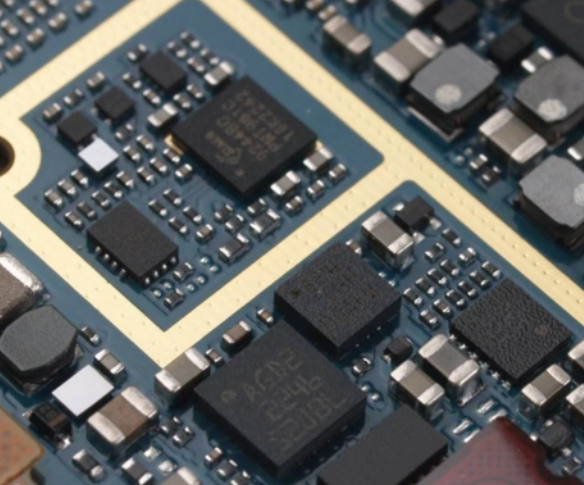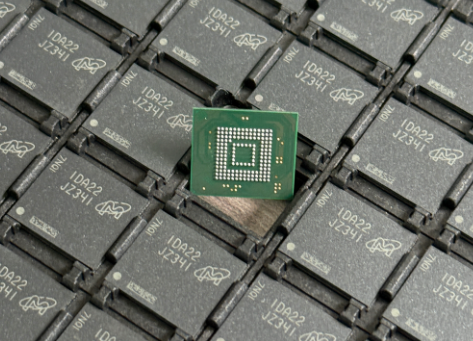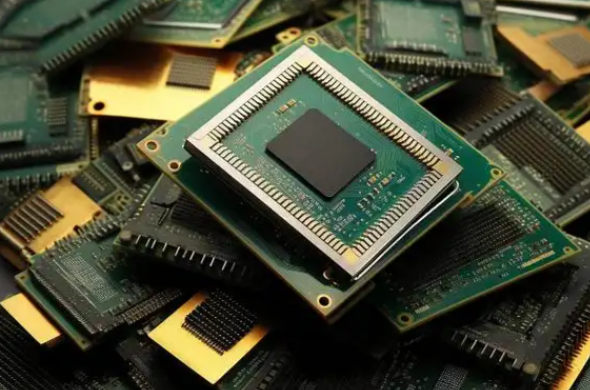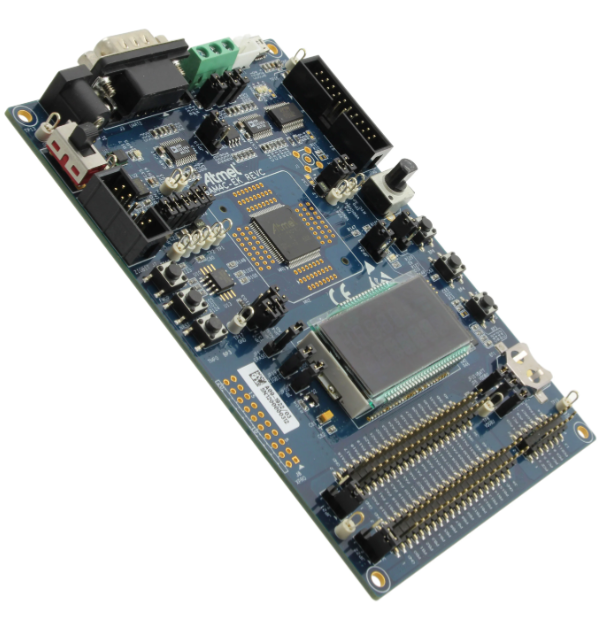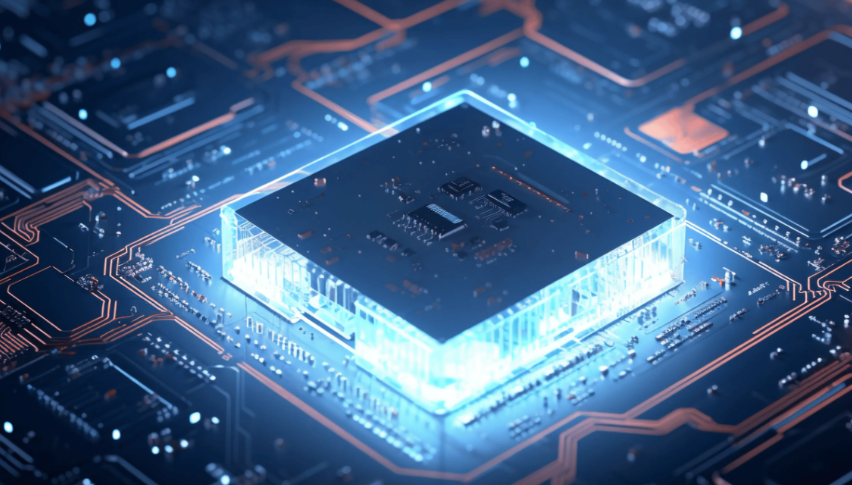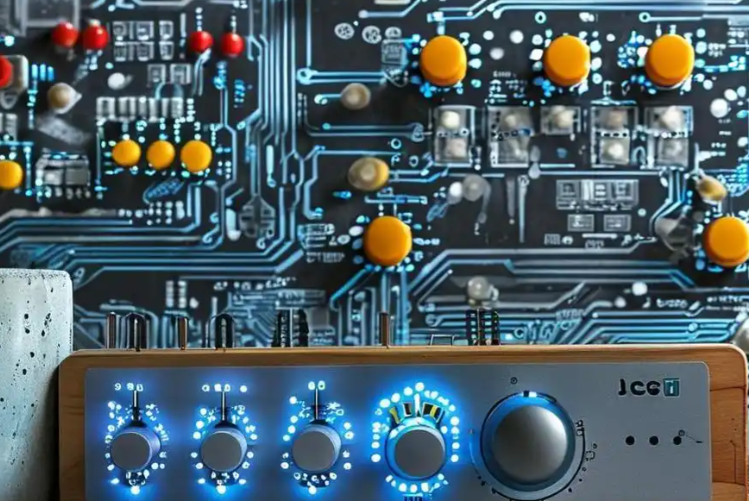The Essential Guide to Consumer Electronic Components: Powering Modern Life
Introduction
In the intricate tapestry of our digital world, from the smartphone in your pocket to the smart refrigerator in your kitchen, lies a silent, powerful engine: consumer electronic components. These are the fundamental building blocks, the unsung heroes that breathe life into the devices we rely on every day. The global market for these components is not just growing; it is exploding, driven by an insatiable demand for smarter, faster, and more interconnected devices. Understanding these components is no longer the sole domain of engineers; it is crucial for businesses looking to innovate, consumers making informed purchases, and anyone curious about the technological forces shaping our future. This comprehensive guide delves deep into the world of consumer electronic components, exploring their types, functions, and the critical trends driving their evolution. For those seeking to navigate this complex supply chain, platforms like ICGOODFIND are invaluable resources for connecting demand with reliable supply.

The Core Building Blocks of Modern Electronics
At the heart of every electronic device is a symphony of components working in perfect harmony. These can be broadly categorized into active components, which can control the flow of electricity, and passive components, which cannot.
1. Active Components: The Intelligent Decision-Makers
Active components are the brains and nervous system of any electronic device. They require a power source to operate and are capable of amplifying signals or acting as switches.
-
Integrated Circuits (ICs) and Microprocessors: Often called chips or microchips, these are the pinnacle of electronic miniaturization. An IC is a complete electronic circuit, containing millions or even billions of transistors, resistors, and capacitors, all fabricated onto a tiny piece of semiconductor material like silicon. Microprocessors are a specific type of IC that acts as the central processing unit (CPU) of a device, executing instructions from software. From managing the complex algorithms in an AI-powered speaker to rendering graphics in a 4K television, ICs are indispensable. The relentless pursuit of Moore’s Law has led to ever-smaller, more powerful, and more energy-efficient chips, directly enabling the miniaturization and performance leaps we see in consumer tech.
-
Transistors: If the microprocessor is the brain, transistors are the neurons. As the fundamental building block of modern electronics, a transistor can act as a switch or an amplifier. By controlling the flow of electrical current, transistors enable the binary logic (ones and zeros) that underpins all digital computing. The number of transistors on a chip is a key indicator of its processing power.
-
Diodes and Light-Emitting Diodes (LEDs): A diode is a simple but crucial component that acts as a one-way valve for electrical current. This function is vital for converting alternating current (AC) from a wall outlet to direct current (DC) used by most electronic devices. A special type of diode, the Light-Emitting Diode (LED), has revolutionized display and lighting technology. LEDs are renowned for their high energy efficiency, long lifespan, and compact size, making them the standard for everything from smartphone screens and TV backlights to household lighting.
2. Passive Components: The Supporting Framework
While they cannot amplify or switch signals, passive components are essential for managing the flow of electricity, storing energy, and stabilizing circuits.
-
Resistors: These components are the traffic controllers of an electronic circuit. Their primary function is to oppose the flow of electric current, allowing engineers to precisely control voltage and current levels to protect sensitive components like LEDs and ICs from damage.
-
Capacitors: Think of capacitors as tiny, rapid-recharge batteries. They are designed to store and release electrical energy quickly. This ability makes them critical for smoothing out power supply fluctuations, filtering noise from signals, and providing bursts of power when needed, such as in a camera’s flash.
-
Inductors: Less common in ultra-miniaturized devices but still vital, inductors store energy in a magnetic field when current passes through them. They are fundamental in power supplies and are used extensively in radio frequency (RF) circuits to tune into specific frequencies, such as in Wi-Fi and Bluetooth modules.
3. Interconnects and Electromechanical Components: The Physical Interface
This category includes the components that provide physical structure and user interaction.
-
Printed Circuit Boards (PCBs): The PCB is the foundational platform that mechanically supports and electrically connects all other components using conductive tracks and pads. It is the “city plan” upon which the electronic “city” is built. Modern multi-layer PCBs are engineering marvels that allow for incredibly dense and complex circuits in a compact form factor.
-
Connectors, Switches, and Sensors: These components form the bridge between the electronic world and the user. Connectors like USB-C ports allow for data transfer and charging. Switches provide user input. Sensors are increasingly critical, translating real-world phenomena—like light (ambient light sensors), motion (accelerometers), touch (capacitive touch sensors), and sound (microphones)—into digital signals that the device can process.
Key Trends Shaping the Future of Consumer Electronic Components
The landscape of consumer electronic components is not static; it is being dynamically reshaped by several powerful trends.
1. The Internet of Things (IoT) and Miniaturization
The explosion of IoT devices—from smartwatches and health monitors to connected home appliances—demands a new generation of components. The driving force here is ultra-miniaturization coupled with extreme low-power consumption. Components must be tiny enough to fit into wearable devices yet efficient enough to run for months or years on a small battery. This has accelerated the development of System-on-a-Chip (SoC) designs, where nearly all essential electronics are integrated into a single, minuscule chip.
2. Artificial Intelligence (AI) at the Edge
AI is no longer confined to massive cloud data centers; it is moving “to the edge”—directly into consumer devices. This trend necessitates specialized components. AI-accelerated processors, such as NPUs (Neural Processing Units), are becoming standard in high-end smartphones and laptops. These components are specifically designed to handle the immense computational workload of machine learning algorithms efficiently, enabling features like real-time language translation, advanced image processing, and voice assistant responsiveness without constant cloud dependency.
3. The Demand for Sustainability
As environmental concerns take center stage, the electronics industry faces increasing pressure to become more sustainable. This influences component design in several ways: the push for lead-free soldering and RoHS (Restriction of Hazardous Substances) compliance, the development of more energy-efficient components to reduce overall power consumption, and designs that facilitate easier repair and recycling. The longevity and repairability of devices are becoming competitive advantages, shifting focus away from purely performance-based metrics.
4. Supply Chain Resilience and Sourcing
Recent global events have exposed the fragility of the electronics supply chain. For businesses, securing a reliable supply of high-quality components has become a top strategic priority. Disruptions can halt production lines for months. This is where efficient component sourcing platforms prove their worth. A service like ICGOODFIND can be instrumental in such an environment, helping businesses navigate market shortages, verify supplier authenticity, and find alternative components to keep innovation on track.
Conclusion
Consumer electronic components are far more than just anonymous pieces of silicon and metal; they are the very foundation of our digital age. From the humble resistor regulating current to the sophisticated AI processor making intelligent decisions, each component plays a critical role in creating the seamless technological experiences we enjoy today. The trends of IoT miniaturization, edge AI, and sustainability are not just shaping future devices but are also dictating the evolution of these core components themselves. For anyone involved in technology—whether as a creator, a business leader, or an engaged consumer—a foundational understanding of these elements provides valuable insight into the capabilities and limitations of modern gadgets. As we continue to push the boundaries of what’s possible, these tiny components will undoubtedly become even more powerful, efficient, and integral to our daily lives.


















